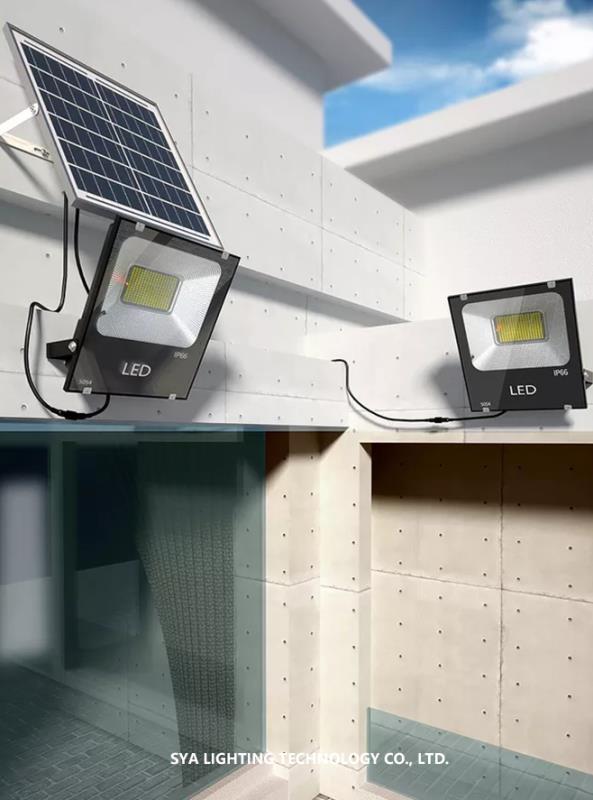Method for identifying white porcelain in Dehua kiln
2025-07-17 01:07:37
Dehua kiln white porcelain identification techniques can be quite intricate, but by carefully observing specific characteristics, one can distinguish authentic pieces from imitations. Here are some key methods:
(1) Visual Surface Inspection: During the early Ming Dynasty, the glaze had a slightly reddish tone, especially on the face of figurines like the Oriental girl, appearing red within the white. In the middle Ming period, the glaze took on a yellowish hue, particularly resembling the yellowing of elephant teeth. From late Ming to early Qing, the glaze became whiter, with a more solid, milky appearance.
(2) Light Transmission Observation: Under light, the early Ming pieces showed a pink or flesh-red coloration. Mid-Ming examples often appeared red or yellow under illumination. By the late Ming and early Qing periods, the color was typically white or off-white. It's important to note that variations in glaze color can occur due to differences in thickness, material composition, and firing temperature. Authentic Dehua white or blue-and-white porcelain should always allow light to pass through, either partially or fully, making transparency a crucial indicator of authenticity.
(3) Glaze Luster Analysis: Imitations often have an overly bright, glaring surface, while genuine Dehua glaze has a soft, warm sheen.
(4) Production Process Examination: Most fakes are made using mold casting, resulting in vertical flow patterns and a thin, light body with a milky white glaze. When examined under magnification, these pieces lack the natural irregularities found in true handmade works. Real Dehua porcelain is hand-poured, and at the joining points, you may find subtle signs of manual shaping. Even symmetrical designs will show slight variations, reflecting the human touch and natural beauty of the original piece.
(5) Vulnerable Areas Check: Authentic pieces often display aged damage, such as worn fingers, frayed clothing lines, chipped beads, or broken teeth. These marks are usually old and not found on modern imitations.
To determine authenticity, three main steps are recommended: First, use a magnifying glass to check for fracture marks and whether the joins look aged. Second, place the porcelain in an odor-free container for a while, then quickly remove it in a still environment and smell the cracks and other areas. This can reveal if adhesives were used, how long ago the break occurred, and whether chemicals were involved. Third, perform the "spit test" – brush your teeth to remove mouth odor, then gently rub the glazed surface. If a slight "hemp" sensation is felt, it could indicate the piece has been treated with acid chemicals.
By combining these observations, collectors and experts can better identify genuine Dehua porcelain and avoid counterfeit items.
Solar floodlights are very durable and have high safety. The cost of maintenance is not very high, and the overall operation is very simple.
1. Safety independent solar power supply, wireless transmission, wireless circuit leakage and other hazards, no high-voltage transmission has safety hazards.
2. Convenient and safe, low maintenance cost, low cost
3, worry-free maintenance, low maintenance costs, simple and convenient system maintenance

Solar Flood light,Outdoor Flood light,LED Garden Flood light,Waterproof outdoor light.Energy saving Flood light,remote control flood light
SHENGYA LIGHTING TECHNOLOGY CO., LTD. , https://www.syalighting.com